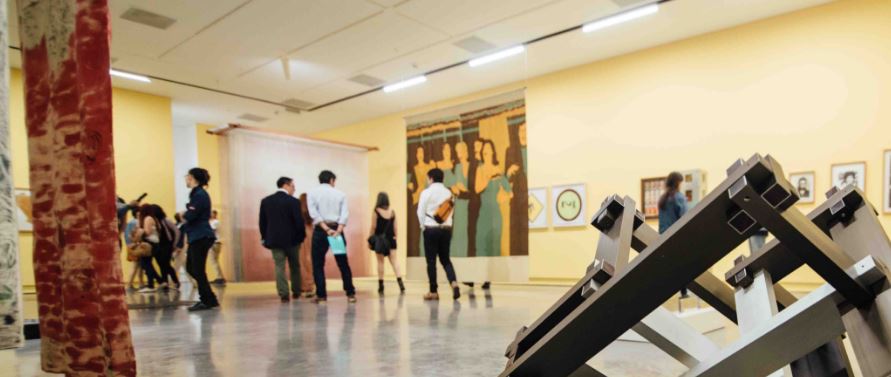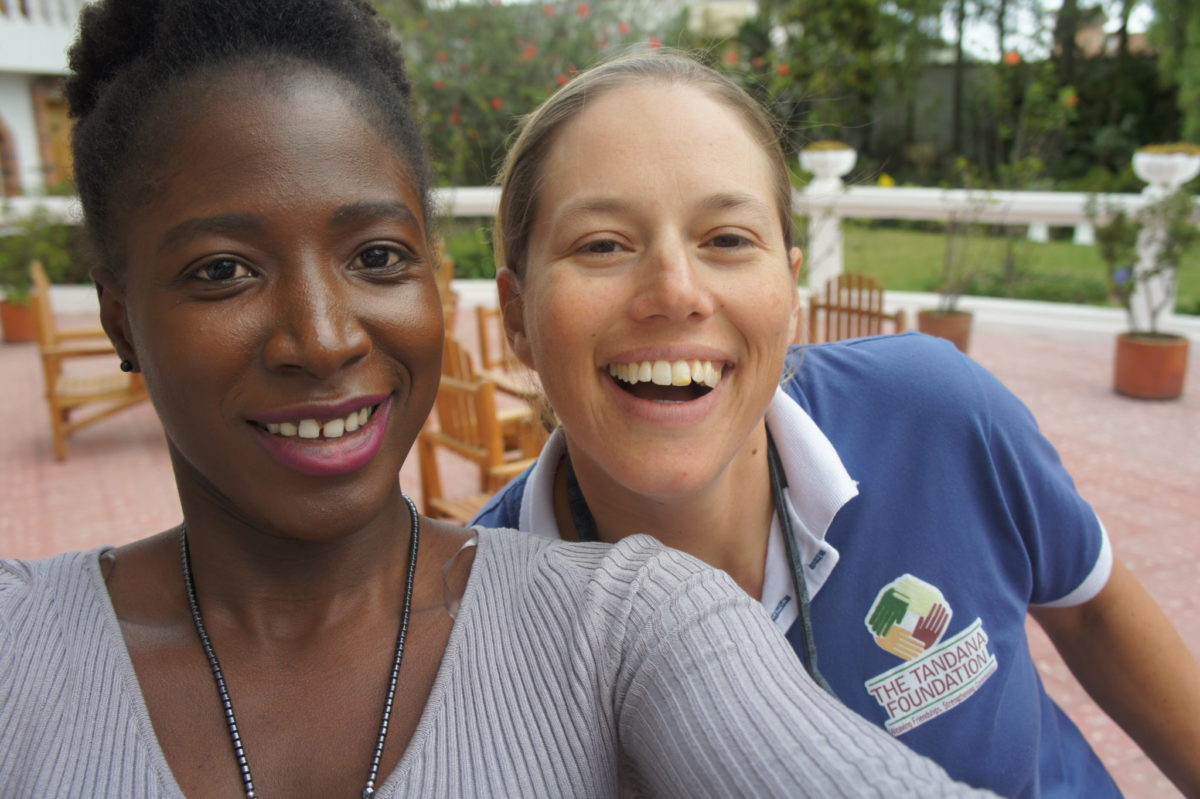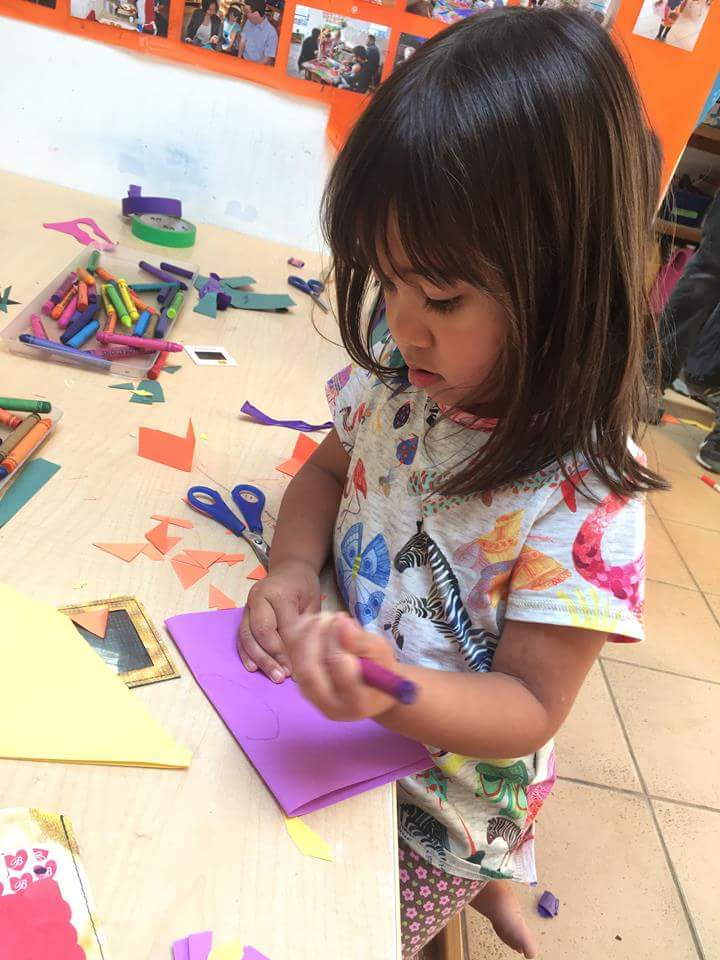Lately, I have wondered if perhaps I’m trilingual, a polyglot as they say, because I can understand International Art English (IAE). I’m a native English speaker and a long time student of Spanish, so I’m fairly bilingual on a good day. Usually, I don’t consider myself trilingual, but there are times, small moments, when I think my knowledge of International Art English should totally count as one of my fluencies.
It is well known that the art world has its own language. In fact, it is probably one of the most common critiques that I hear about the art world, after the paradoxically childish “My kid could have done that.” comment. (Response: a. They didn’t. and b. They probably can’t.) In fact I hear this critique so often that it has lead me to wonder if anthropologists or lawyers or mathematicians are critiqued for the specialized languages of their disciplines. My totally unscientific research of the number of “ohmigod what are you saaaaying?” comments that occur in the kitchen when the topic of conversation changes to economics versus art leads me to believe that, no, other disciplines are not criticized for their specialized languages.
Why is the art world criticized for its art language? First of all, it’s one hell of a language. By which I mean, reading it can actually be like hell; at times, it is intentionally written to be difficult to understand. Thankfully, in more recent years, the art language has been rather well defined. A few years ago Triple Canopy published an essay by Alix Rule and David Levine which defined the language and gave it a name- International Art English. (I’ve read it at least five times since arriving in Colombia – more on that later.) The essay was (and is) a half-joke –a joke complete with linguistic analysis and summaries on vocabulary, grammar, and usage. The essay concludes with a comment that neither of the authors understand whatsoever the quoted press release. So critics of IAE do have a point, it is at times needlessly complicated. However, there is a spectrum of quality in IAE. Some of it is bad, and some of it is really, really good. Like damn good. And yes, it’s still not easy to understand, but I think that it does convey more information more effectively than its English cousin.
On the other hand, I think that the critique of art language comes down to, more or less a common belief held by members of the public: Art should be for everyone, therefore everyone should be able to understand the language of Art. A good argument. Capital “A” Art is for everyone, and it should be. Lots of artists rely on having an audience, and people who buy their Art. Moreover, Art is great and everyone should be entitled to Art. However, not all art is meant for everyone, nor does it need to be. Not all art writing needs to be for everyone. IAE is meant for an audience of art professionals.
How does this relate to my job at the Museo del Arte Moderno de Medellín? Well, I do a lot of translation, which is fine by me. Translation is a sort of puzzle to me, a word game that I get to spend time figuring out. Before I came to Medellín, I felt pretty confident about my Spanish to English translation skills. I can read Spanish news articles and I like to read bilingual art books when I can find them. What I didn’t expect was for there to be an extra third language in the mix- International Art English. To be clear, I knew about International Art English before I moved to Colombia, but once I began translating between English, Spanish, and IAE, I realized that I needed to know IAE, study it, and understand the grammar, the sentence structure, and the vocabulary. Otherwise, there would be no way to know if I was translating something correctly.
People previously unfamiliar with International Art English are probably thinking “This is ridiculous, if I speak English, shouldn’t I be able to speak International Art English?” No. Not necessarily. As Rule and Levine write, “The internationalized art world relies on a unique language … This language has everything to do with English, but it is emphatically not English. It is largely an export of the Anglophone world and can thank the global dominance of English for its current reach. But what really matters for this language—what ultimately makes it a language—is the pointed distance from English that it has always cultivated.” So, while the same words are used in English and IAE, they can have entirely different meanings.
In translation, shared words without a shared definition can be quite a mess; it makes translation a more arduous process. For example, if I want a synonym for certain words (for example, alongside or practice or space), I can’t just type them into the thesaurus, because chances are that the traditional definition that the thesaurus uses isn’t nuanced enough to return the right synonyms for me. The more frustrating problem for me is figuring out if a word is in English or International Art English, because this can change how I am able to translate it. Especially rough moments occur when I come across a phrase which is IAE, but which I am entirely unfamiliar with. (“Sound practices.” Seriously?!?!?)
I face another problem when trying to decide if I should translate International Art English into common English. Usually I think that I should, so that everyone can understand it; but, I usually don’t translate IAE into English. Translating is exhausting; by the time I get a text into IAE I don’t usually want to translate it again. Plus I don’t have the luxury of an English to IAE dictionary. Instead, I just try to make the English text I have as good as I can make it – regardless of what type of English it is. Because if it has to be International Art English, It might as well be really good International Art English.
*photo credit: Museo del Arte Moderno de Medellin website






